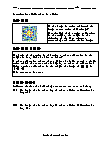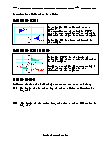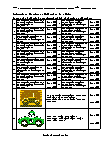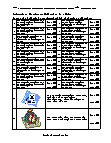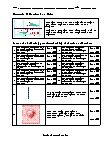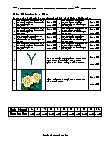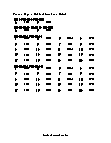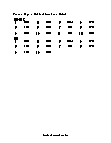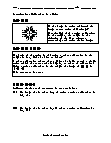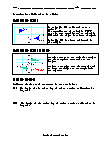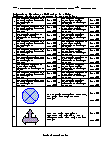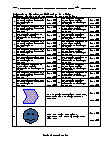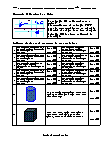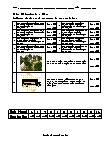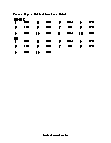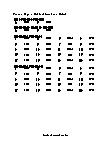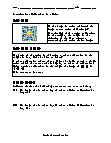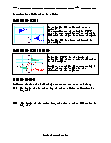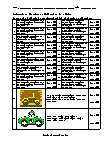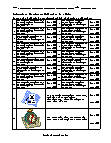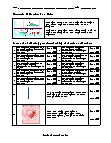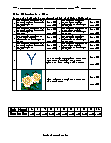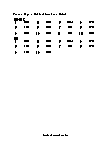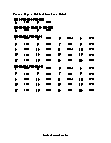Reflection in a Point Worksheets
What is a Reflection in a Point? In mathematics, reflection is defined as the flipping and folding of an object over a line of reflection. The original object is known as the pre-image. The reflected or resultant image is known as an image. To identify and label the image, we typically use prime symbols. These prime symbols are written as A'B'C'. In geometric reflection, the original and the reflected image have the same size and same shape. However, both images are present in the opposite direction and appear like mirror images of each other. We all know what the word reflection means. In English, it is the object seen exactly like it is but in opposite directions. In math, when we talk about reflections, there are many terms and definitions attached to it, such as point reflection. A reflection can be known as folding or "flipping" an object over the line of reflection. The point reflection is just a kind of reflection of a point. Usually, when talking about reflections, we reflect over a line such as the x-axis or y-axis. But when we talk about point reflection, usually the point is the origin since we reflect at a specific point. In simpler words, point reflection is referred to as when an image or figure is made around a single point. This point is known as the center of the figure or point of reflection. When images are formed by point reflection, they do not change their shapes or sizes. Reflection in a point or point reflection is present when a figure or shape is constructed around the center of the figure. This center of the figure is also known as the point of reflection. For every point in the image (figure present before the reflection), there is another point present on the opposite side. These points are present in a way that the point of reflection becomes the midpoint of the line segment connecting the two images. The shape and size of the figure don't get altered under the point reflection. Any point in the figure can be considered as the point of reflection, but typically, the origin is utilized as the point of reflection. Suppose a triangle A’B’C’ is the image of the triangle ABC. Now, consider a line joining point A with A', with origin as the midpoint of the segment. When you reflect the origin, the y-coordinates and the x-coordinates are negated. Therefore, under the point of reflection, the point (x, y) becomes (-x, -y).
-
Intermediate Lesson
Demonstrates how to use advanced skills to tackle Reflection in a Point problems.
View worksheet -
Independent Practice 1
A really great activity for allowing students to understand the concepts of the Reflection in a Point.
View worksheet -
Independent Practice 2
Students use Reflection in a Point in 20 assorted problems. The answers can be found below.
View worksheet -
Homework Worksheet
Students are provided with 12 problems to achieve the concepts of Reflection in a Point.
View worksheet -
Basic Lesson
Guides students through identifying reflection in Points based on coordinates.
View worksheet -
Independent Practice 1
A really great activity for allowing students to understand the concepts of the Reflection in a Point.
View worksheet -
Independent Practice 2
Students determine the Reflection in a Point in 20 assorted problems. The answers can be found below.
View worksheet -
Homework Worksheet
Students are provided with 12 problems to achieve the concepts of Reflection in a Point.
View worksheet -
Independent Practice 1
A really great activity for allowing students to understand the concepts of the Reflection in a Point.
View worksheet -
Independent Practice 2
Students use Reflection in a Point in 20 assorted problems. The answers can be found below.
View worksheet -
Homework Worksheet
Students are provided with 12 problems to achieve the concepts of Reflection in a Point.
View worksheet
Random Thoughts
A bar graph uses a horizontal or vertical rectangular bar that levels off at the level of the assigned value. Bar graphs are useful because they make comparisons between different variables very easy. They are good for showing trends in data.
